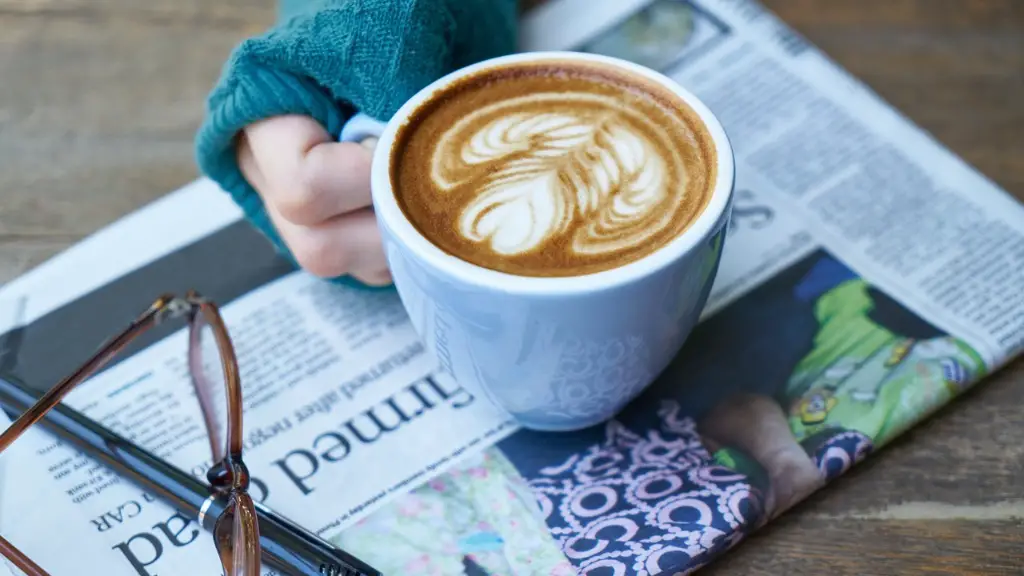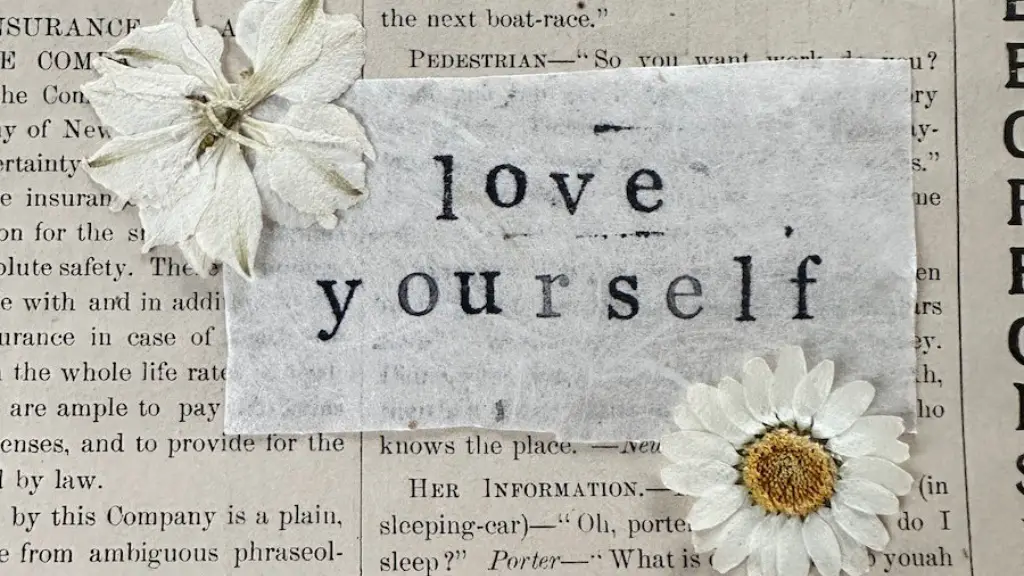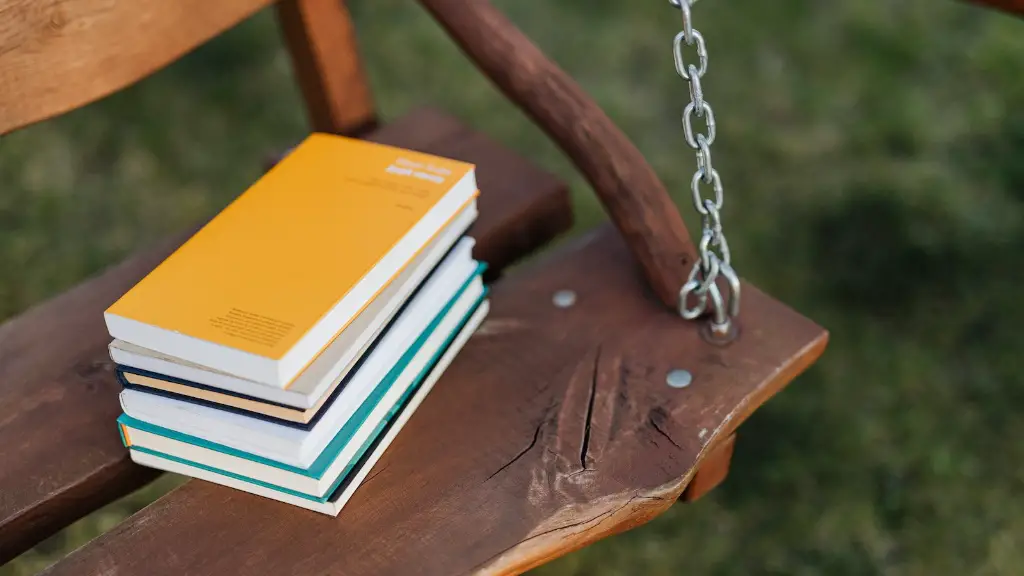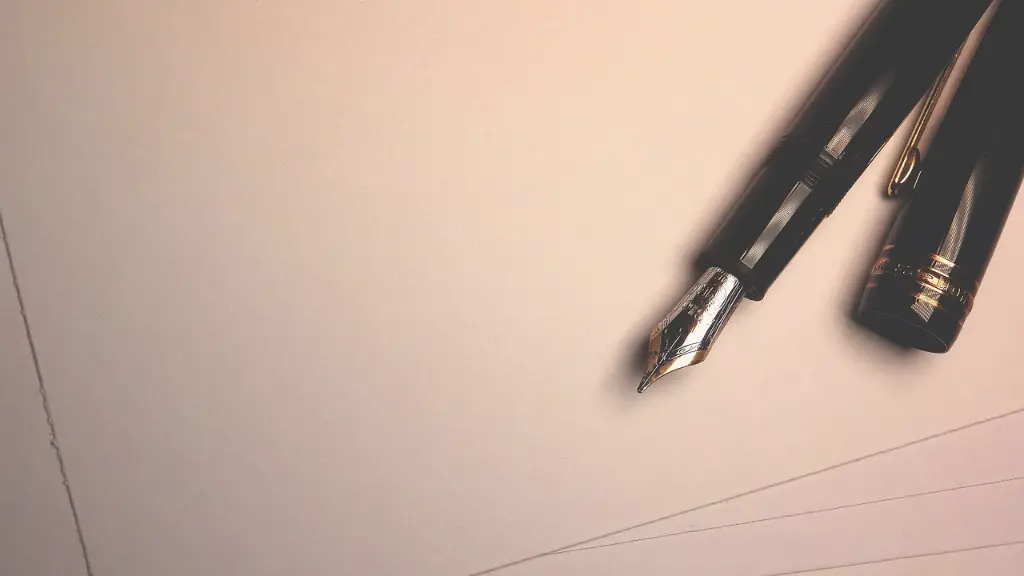What is Poetry in Art?
What is poetry in the world of art? The question seduces endless interpretations of how to answer it. At the core, poetry in art is an expression of the artist’s emotion towards the subject without necessarily having to provide a clear-cut explanation. An artist provides a visual representation of the emotion and viewers can discern the same in the artwork. Artistic poems are not necessarily restricted to depictions that are self-explanatory; as on many occasions, the deeper meaning of work is left to the audience’s interpretation. Following are different facets that encompass the genre of ‘poetic art’.
Roots of Poetry in Art
The roots of poetry have been traced back to cultures of antiquity. The earliest forms of art are believed to have developed during the prehistoric age and since then, works have been used as tools to express and record life experiences. Every civilization tendered their own modes of artistic expressions. At the same time, as more complex cultures evolved, there was an impetus in the art-form that enabled a discussion between the individuals and the artwork, allowing for a creative environment to exist where art and ideas can be shared.
Methodology
The methodology that has been employed to convey poetry in art has greatly evolved over time. There is no single answer to how an artist expresses his/her emotion through artwork without having to be explicit about them. The fabrication of certain art pieces may have a certain nostalgic reference or symbolic definition that can be interpreted in multiple ways. It is this element of subjectivity associated with work that renders it to be classified under the genre ‘poetry in art’. In addition to this, the core purpose of this form of work should be able to connect an individual to their emotions.
Present-Day Poetry in Art
At present, the concept of artistic poems have taken a different form. Aside from being a form of protest or symbolism in some cultures, it has been cited by psychologists as a form of therapy. The stage of generation has enabled artwork to be shared and consumed more than ever, reaching wide demographics across the world. Even more, poems can be interwoven with creativity to enhance the objectivity of the artwork, since now an artist has often the chance to be inspired by artistic elements of diverse societies.
The Impact of Technology on Poetry in Art
Technology has enabled the field to expand even more due to its widespread availability. As a result, the power of emotion has become more tangible through artwork as it is now easier for work to reach diverse consumers. Digital platforms have made it inexpedient for content to be created, shared, and seen without extensive amounts of resources being dedicated towards it. Furthermore, certain elements have enabled the need for artists to be more representative of their work. For instance, hashtags have become major contributors to the reach of certain pieces.
The Economics of Poetry in Art
The economic aspect of artwork greatly differs from other forms of media. Representation of art itself is more subjective, since an individual might interpret the work in different ways. This can lead to some form of uncertainty, since individuals believe they will pay for what they perceive, as opposed to being explicitly promised via a promise of a certain product. As a result, the market for art pieces has a strong elasticity, where demand can differ drastically. It is also argued that with certain restrictions on the market, certain boundaries have now been set, impacting the level of creativity that artworks are able to reach.
The Critical Analysis of Poetry in Art
The critical analysis of poetry in art has become an important aspect in recent times. By studying related works, an individual can identify common threads in different pieces. Standing between these two, an individual can provide their own insight on the works in hand. This form of evaluation typically provides conclusion on how the works have initiated a dialogue between the artist and the audience. It can also be used to provide a perspective of how the pieces can be beneficial to an individual’s personal development.
The Use of Poetic Devices in Art
The use of poetic devices in art is an interesting concept in the world of art. Through carefully crafting certain elements, authors are able to attach certain poetic elements. This can include metaphors, similes, allegories and various other elements that are deemed suitable for the piece. These devices provide a certain clarity to the relation between the artwork and its audience. It is here that an individual can make a subjective interpretation of the work and provide an emotional response to it.
The Political Influence on Poetry in Art
The political influence on poetry in art can be seen as extensive. As artists are able to become powerful players in changing a societal norm, governments are now more aware of elements that are individualized to artwork. Even more, it has been argued that certain countries use artistic poems to repress thought and promote revisionist history. The limitations that have now been placed on artworks are deemed to be both beneficial and accountable. The reason being it allows individuals to gain more insight on the actual motivations associated with works.
The Relationship between Art and Poetry
The relationship between art and poetry has been seen as fundamental to a wide array of cultures. There is a strong connection between the two where artworks can provide symbolism for each subculture. It has been observed that certain societies have elements of the two art forms provided within their society’s artwork. It is here that the audience has the opportunity to understand the local culture and its relations with the present world. As a result, the need for artwork to be poetic has been at the core of many cultures.
Effects of Poetry in Art on the Audience
The effects of poetry in art on the audience have been observed to vary. It has been found that certain viewers are deeply impacted by the emotional relation of an artwork, while others have been found to have an interest in studying the history behind certain pieces. It is for these reasons that artworks have been seen as ‘living forms’, as the audience changes over time and their interpretation from a work changes as well. Works of art can now be considered as timeless as individuals from different regions can somehow relate to the work.
Aesthetic Characteristics of Poetry in Art
The aesthetic characteristics of poetry in art have become a unique approach towards conveying certain emotions. Not only do aesthetics provide a certain form of relatability but its showcasing of beauty can craft an emotional reaction from the audience. It has been observed that the artistic techniques applied in the craftsmanship of a work are often mimicked in different regions, providing a certain uniqueness to a work. This is seen more prevalently in works that become a symbol of a certain culture.
Conveying a Message through Poetic Art
The act of conveying a message via poetic art is seen as an effective method of communication. As work becomes more subjective, the audience can use their own life experience to fill the gap between them and the art piece. Furthermore, certain works can help foster a discussion between individuals and bring attention to a certain topic. This can then draw more attention towards certain topics and therefore have a certain political, economical or social interpretation.



